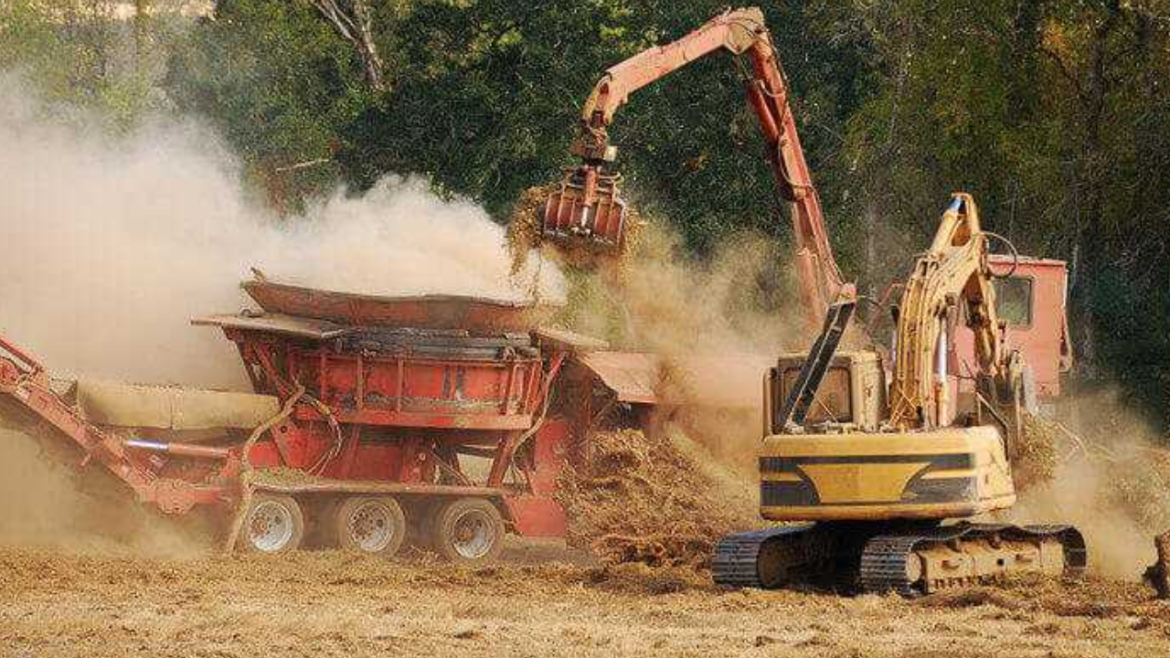With the use of an effective system known as a wooden chipper, the wood is broken down into chippings and other small pieces that might be easy to get rid of. Moreover, available in a spread of sizes and bureaucracy, timber chippers are placed on wheels to make them portable. Blades in wooden chippers spoil the cloth by rotating quickly.
The surplus is later sawdust-ejected from the machine. The wood chipper can correctly break down all forms of plant detritus, but it’s far more critical to sharpen the blades to ensure their longevity.
If you’re looking to shop for a brand new chipper or replace your modern one, test out the JYF choice of authorized wooden chippers. It is a rather simple procedure with the intention of making sure your chipper is always trustworthy on every occasion you want it. To read more, about the blade sharpening of chippers, see the details below.
How Frequently Do I Need to Sharpen the Chipper Blades?
How frequently blades have to be sharpened is one of the most crucial things a woodchopper proprietor has to ask. Blades should typically be sharpened after 25 to 50 hours of use. You may want to sharpen it eventually, depending on the circumstances and the country of the blade. You might need to sharpen the blades if the engine is overheating, the blades are dull, or if there are chips inside the blade. While particles enter the hopper, chipping becomes hard, causes lots of vibration when using a chipper, and produces a noisy noise.
Process of Sharpening Wood Chipper Blades
Wood chipper blades finally become less green because of wear and tear and turn out to be dull. Despite the fact that having a backup set is suggested, you could sharpen your wood chipper blades instead of just changing them when they start to chop down wood much less efficiently.
After using your timber chipper for a total of 24 hours, or when the wood starts to pop out fragmented and uneven, you ought to sharpen the blades. Your wood chipper blades will last longer if you protect them. A step-by-step tutorial for sharpening wooden chipper blades is provided here.
Choose the Correct Tool
Guide hand sanders, belt sanders, disc sanders, moist grinders, angle grinders, and bench-set sanders are tools used for sharpening. The Woodchopper’s blades are perfectly angled, especially to chip the wood. While sprucing the blades, be cautious to use the best tool. Every tool is used with a selected blade in a particular manner.
Use of Grinding Wheel
Make sure to get high-quality sandpaper when you are polishing the blades. Ensure to remove all the substances before polishing the blades. You need to use first-rate-grit sandpaper as a way to accomplish this. It won’t be possible to remove all the particles if the grit is thick.
Remove Components of Chipper
Make sure to hold the blades’ angles before starting to sharpen them. Dispose of the components progressively until the blades are sharpened. Keep away from moving any of the additives as far as you can. Too many portions being reduced at once causes the blades to overheat and destroy them. The blade of the chipper needs to be sharpened progressively. Before sprucing up the blades, take it slow.
Remove Bur from Blades
Normally, the burr behind the slicing edges accumulates. You produce a stick as a byproduct of honing the blade’s edges. It needs to be taken out so the blades can function well. The burr may be eliminated with the aid of.
The Blade’s Stability
The final degree in honing the blades is matching them. Make sure the blades fit when you have more than one. Before bringing the blades back in, weigh them after removal. Take the extra weight from the other while one weighs more than the other.
Final Words
Blades are the main component of wood chippers. This is an essential part that is used for grinding purposes. So the sharpening of blades is necessary from time to time. Because the dirt accumulates on the surface of the blades, which makes working a hurdle. So to sharpen them, follow the procedure.

